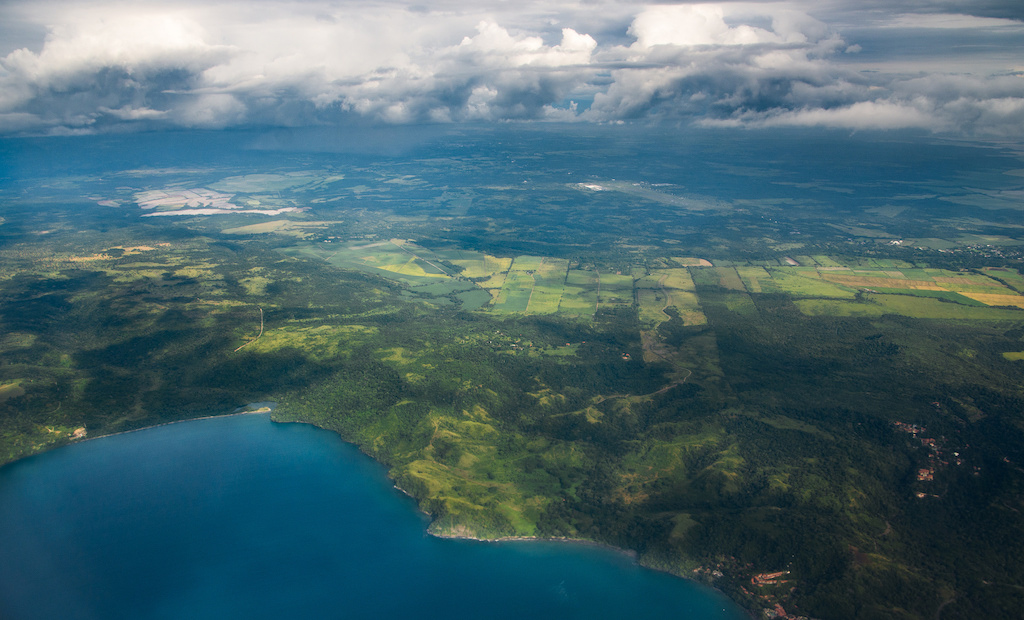Mar 31, 2019
How to Stay in the Know in Playa Grande, Costa Rica
Get the inside scoop about what’s happening in and around Playa Grande by utilizing these amazing free online and in-print local resources.
The Howler Magazine was established in 1996 and became Guanacaste’s first English language magazine. It has long served as a source of entertainment, information, and inspiration for both visitors and locals alike. This free monthly magazine is a great resource and can be picked up at the Wilmart, the RipJack Inn reception, Pots and Bowls, Las Tortugas Hotel, the Automercado, and many other local establishments in and around Playa Grande.

The Swell Dealer is a free publication and website where you can find out about what’s happening in Playa Grande, Tamarindo, Langosta, Brasilto, Surfside, and Potrero. This is one of the best sources for finding out about locals events, fundraisers, live music, parties, happy hours, fitness classes, and all sorts of different specials and discounts. You can find The Swell Dealer at the Automercado and other supermarkets, as well as an online and continuously updated social calendar.

RipJack Inn Bulletin Board
At the entrance of the RipJack Inn bar and restaurant to the right, you will find a bulletin board with flyers and information about yoga classes, live music, and other local happenings.
La Comunidad Playa Grande Facebook Page
This Facebook page is a useful resource if you are staying in Playa Grande long-term or full-time. You will find emergency phone numbers and information about what is happening in Playa Grande.

Twice a month we share an article related to surfing, yoga, wellness, nutrition, events, local advice, recommendations, and tips.
RipJack Inn Instagram
Stay up-to-date on the day-to-day at the RipJack Inn and Playa Grande. @ripjackinncr
The Grande Real Estate blog offers local insight into life in Playa Grande. You will also find helpful information about education, relocation, activities, wildlife and adventure tours, surrounding beaches, surfing, and local culture.
More Details











